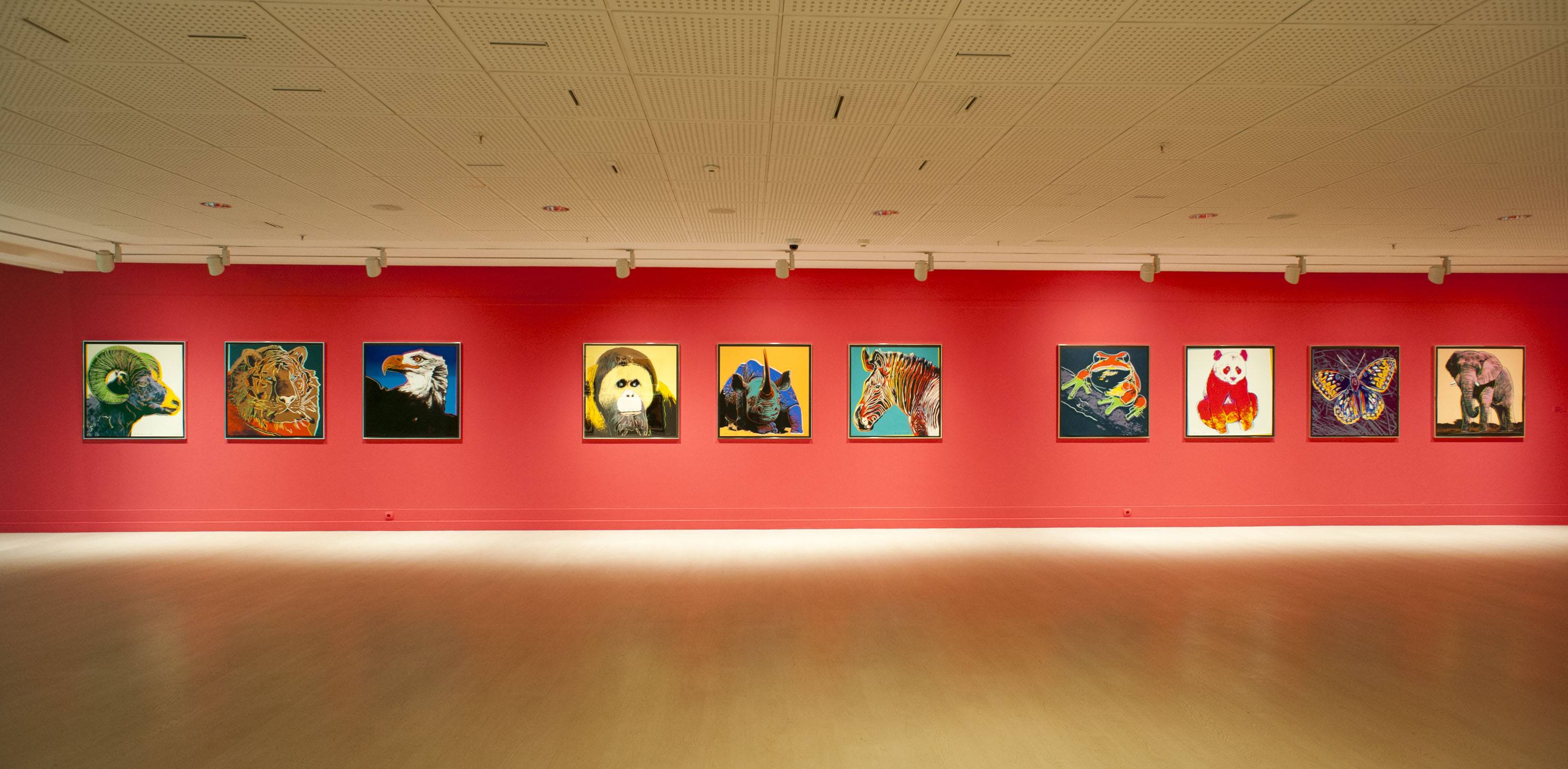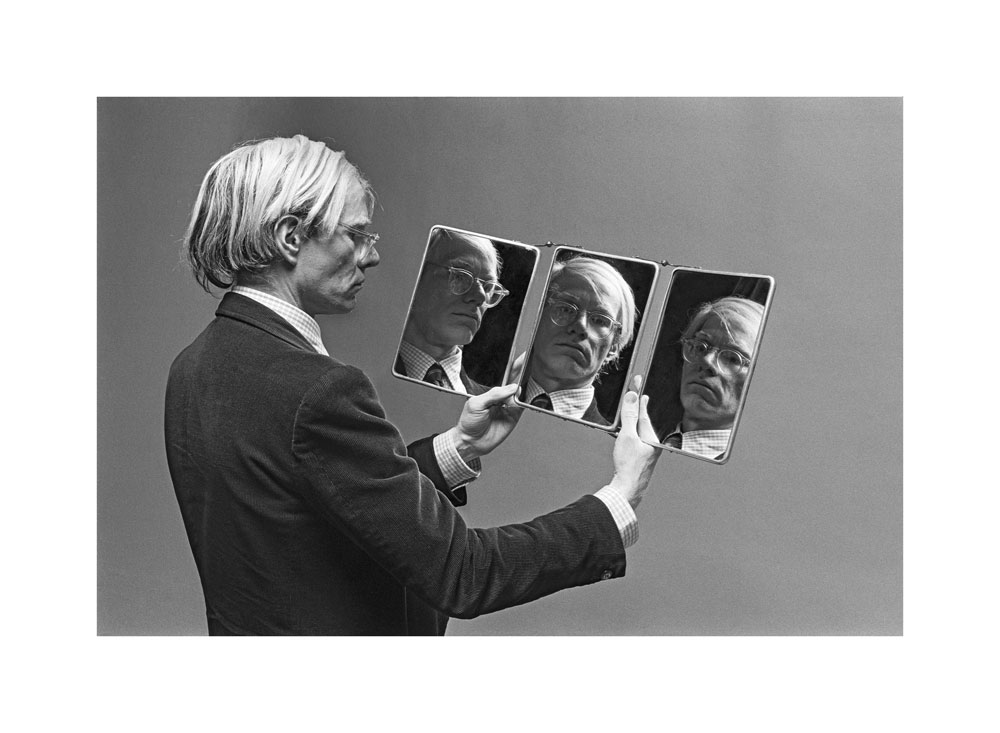

Many works, such as the magnificent series Ladies and Gentlemen, show Warhol as a queer artist who postulated openness and diversity as fundamental and vital factors of a diverse society.

For instance, it illuminates the influence of Warhol’s immigrant background as the son of Rusyn immigrants in Pittsburgh, which is reflected in a complex processing of religious themes and subjects, among other things. Famous key works such as the Elvis Presley series and colorful variations of an electric chair are represented as well as less well-known aspects, which allow for a current view of this artist of the century in a time of political and cultural upheavals.

View the recording of this event.This major exhibition follows this path with over 100 artworks in a variety of media and illuminates Warhol’s expanded artistic practice against the backdrop of pressing social issues. Albert used photographs and screenprints from the Museum’s collection to provide a view into Warhol’s working methods and artistic process in which photography played an integral role. Collection of The Andy Warhol Museum, Pittsburgh Contribution The Andy Warhol Foundation for the Visual Arts, Inc. View selected Andy Warhol works from the Museum’s collection.Īs part of our Second Fridays Virtual Public Program, Acting Director and Chief Curator Karen T. In fall 2017, the Hofstra University Museum of Art mounted an exhibition of his works from our collection. As a lasting legacy to his work and influence, The Andy Warhol Museum opened in Pittsburgh, Pennsylvania, in 1994. In 1989 a major retrospective of his work was mounted by the Museum of Modern Art, New York. As a participant since 2008, the Museum has received donations of 153 photographs (Polaroids and gelatin silver prints) and nine screenprints from the Foundation. Launched in 2007, the Andy Warhol Photographic Legacy Program has donated more than 28,500 photographs to American college and university museums. was established, and in accordance with the terms of his will, its mission continues to be the advancement of the visual arts. His artwork has been and continues to be exhibited at prestigious museums and institutions worldwide.Īfter his death in 1987 following routine gall bladder surgery, The Andy Warhol Foundation for the Visual Arts Inc.

In addition to other publications, he published Interview magazine. At his studio, “the Factory,” he continued to create paintings and worked on commissioned portraits. He was especially interested in using the processes of commercial printing such as screenprinting, stamping and stenciling in his art to emphasize the concept of mass production.īy the 1970s, Warhol was established as a major international artist celebrity. Warhol worked in various media: painting, printmaking, photography, sculpture, and film. He was also inspired by advertisements and comic strips his style became known as Pop Art. He pared them down to their essential elements while he created repetitious images of these objects or individuals, such as Campbell’s soup cans and Marilyn Monroe. In the 1950s, he shortened his name to Warhol.īeginning in the 1960s, Warhol created numerous works of art by appropriating images from popular culture. After moving to New York City, he worked as a commercial artist and illustrator for magazines and newspapers. Andy Warhol (born Andrew Warhola in 1928) studied pictorial design at the Carnegie Institute of Technology in his hometown of Pittsburgh, Pennsylvania, from 1945 to 1949.


 0 kommentar(er)
0 kommentar(er)
